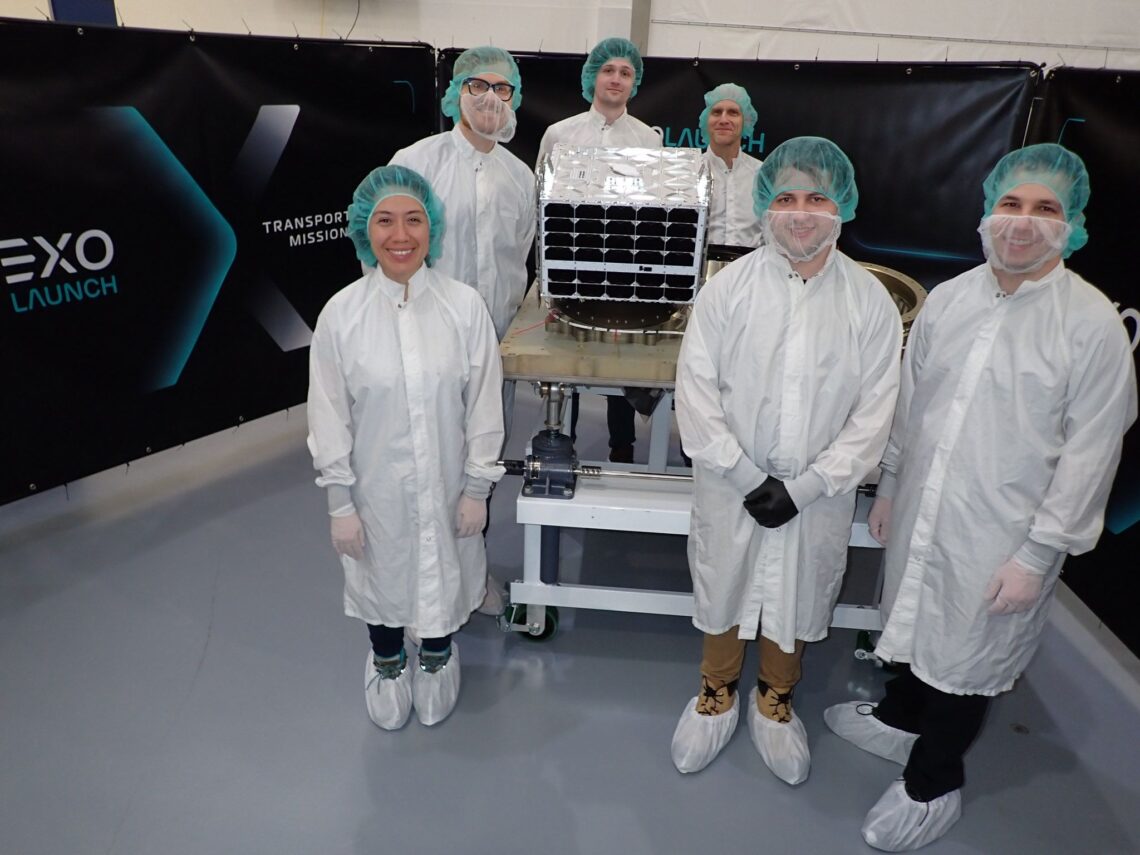WASHINGTON — Turion Space’s debut satellite should be ready to start imaging objects in space by May after nearly a year of commissioning in low Earth orbit (LEO), according to CEO and cofounder Ryan Westerdahl.
The three-year-old Californian space situational awareness (SSA) startup first opened the door to the imaging sensor on its 32-kilogram Droid.001 spacecraft a couple of months ago, Westerdahl said, following its SpaceX launch in June.
“We wanted to make sure we had good control of the satellite before doing it because we didn’t want to damage the optical sensor,” he told SpaceNews in an interview, “like for example if all of a sudden the satellite was staring at the sun.”
However, Turion is still working on software updates to control Droid.001 more precisely so it can point the imager at debris and other objects it passes.
The venture is also still calibrating the satellite’s payload and optimizing infrastructure on the ground.
While Westerdahl had hoped to be providing services with the spacecraft before the end of 2023, he said its main mission was to “get something to orbit quickly, do something useful, and figure out what we need to know going forward to build a lot more satellites and operate them successfully.”
“The more issues we run into that do not compromise the mission 100% the better,” he added, “because then we just know more things to address that won’t be issues for all future vehicles.”
Lithuania’s NanoAvionics supplied the bus and subsystems for Droid.001, which Turion integrated in-house.
Australian space imagery provider HEO (High Earth Orbit) supplied the imager and is also a customer for Droid.001. HEO plans to use its images for an in-orbit inspection business that attracted $8 million from investors in August.
Turion also hopes to sell the imagery to the U.S. Department of Defense and satellite operators seeking to improve their SSA.
Ultimately, the startup…
Read the full article here

